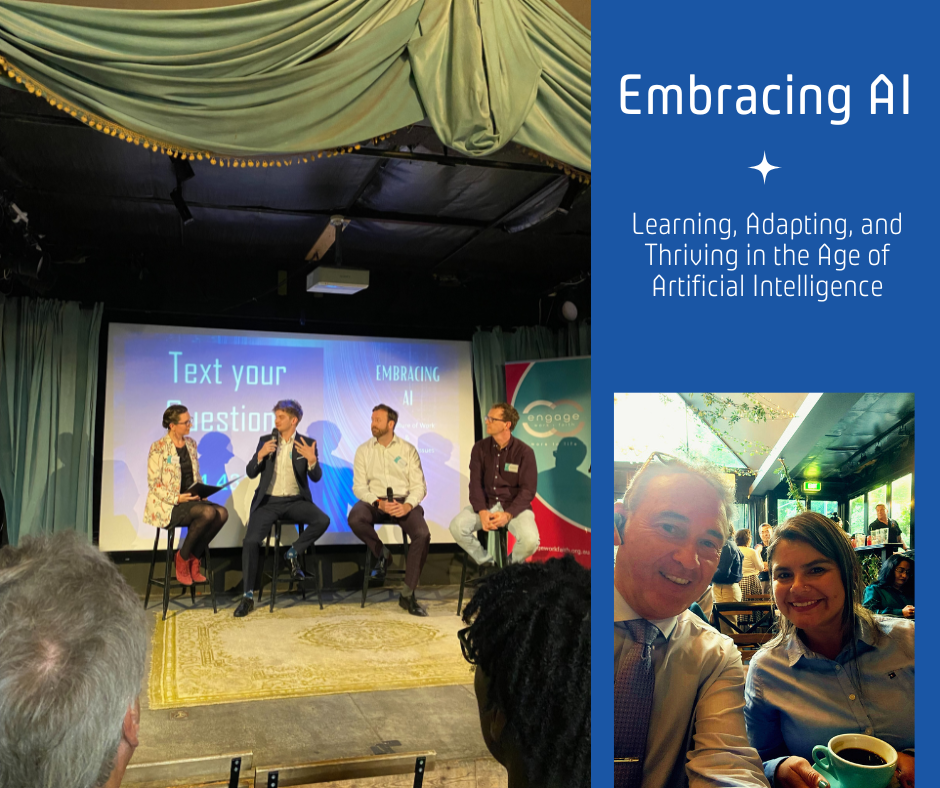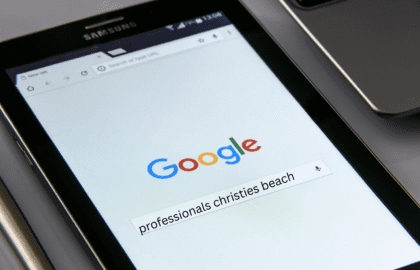
Recently, our Managing Director and Marketing Specialist had the privilege of attending Embracing AI, an insightful event focused on exploring the concept of artificial intelligence. The session featured three remarkable speakers who delved into what intelligence truly means, how human brains develop it, and how artificial intelligence (AI) is constructed using patterns, codes, and correlations.
One of the key insights from the event was the difference between human intelligence and AI. While our brains grow and learn through lived experiences and emotional understanding, AI relies on data, algorithms, and correlations to “think” and solve problems. AI is not creative or emotional on its own; it is a powerful tool created and guided by humans.
A Historical Perspective: Horses and Cars
The rise of AI often feels revolutionary, but history offers us valuable parallels. Consider the transition from horses to cars: Did horses disappear when cars were introduced? Not at all. Horses were not replaced entirely—they found new purposes, such as in sports, leisure, and agriculture. Similarly, AI is not here to replace us but to shift how we work, helping us focus on more complex, creative, or meaningful tasks. It’s about adapting to new tools rather than fearing them.
How to Start Embracing AI in the Workplace
For businesses, the first step is to experiment. Employers and employees can try using AI tools individually, exploring how they can streamline workflows, generate ideas, or improve efficiency. After experimenting, team discussions are crucial—sharing discoveries and brainstorming practical applications together. Creating spaces to openly discuss and incorporate AI ensures teams can adapt collaboratively and confidently.
Challenges and Opportunities
Like any technological leap, AI comes with challenges. There are risks of misuse, such as scams, biased algorithms, or unethical practices. It is vital to remain vigilant and informed. But AI’s potential to do good is extraordinary. In healthcare, AI is revolutionising medical research, aiding early diagnoses, and accelerating drug discovery. In education, it is creating personalised learning experiences. In everyday work, it boosts productivity by automating repetitive tasks, allowing us to focus on strategy and innovation.
Adapting to Change
Every major change comes with a learning curve, but adaptation is key. By understanding both the opportunities and risks of AI, we can use it as a tool to thrive in our personal and professional lives. It’s about finding the balance—embracing the efficiency AI brings while ensuring we remain at the center, using it ethically and responsibly.
AI is not just about machines or technology; it’s about how we can work smarter, live better, and adapt to a future filled with possibility. Let’s embrace it together!





